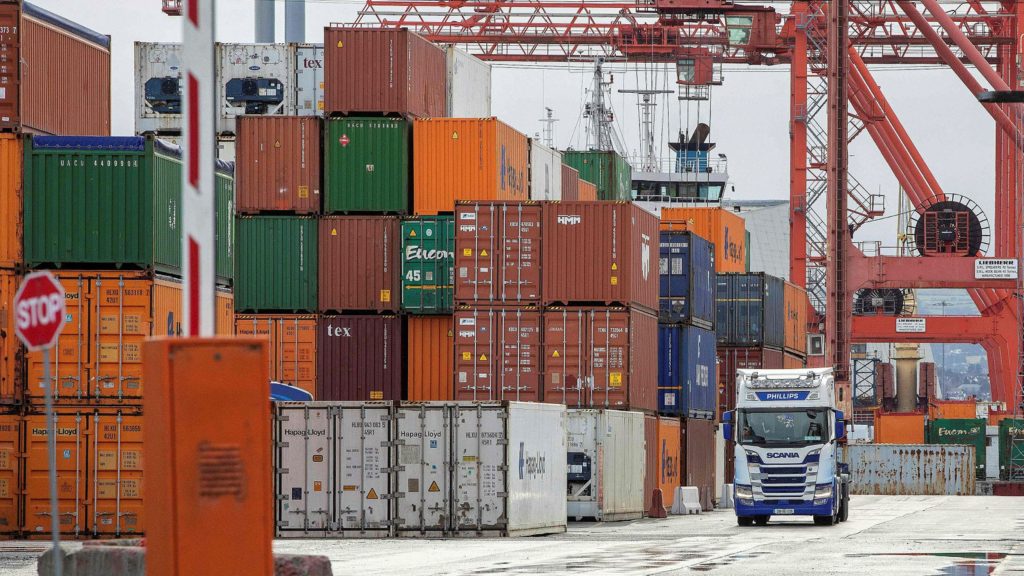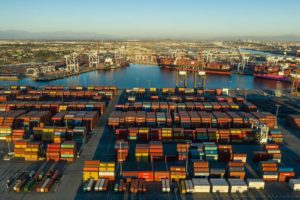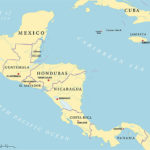Two years ago, when many of us first experienced the supply chain impacts of the COVID-19 pandemic, some situations were unprecedented, like empty store shelves, lack of availability of common household goods and the only means of shopping – e-commerce. Consumers adapted and anticipated a return to more typical conditions for purchasing goods. However, as new strains of the virus continue to emerge, along with inflation and lockdowns, those unprecedented events are becoming almost daily occurrences, along with rising costs.
Clearly, the goods sector faces many supply chain management obstacles —from increasing costs due to a driver shortage, to containers sitting at ports for extended amounts of time. A solution like shifting to air freight will solve the access to products but would significantly increase operating costs. Many companies are implementing actions like this, increasing the price of goods offseting the cost of supply chain challenges. This begs the question: do companies face the risk of passing along such steep price hikes that consumers may not return once economic conditions stabilize?
Some companies have changed their supplier strategy by diversifying their suppliers. Managing more vendors inherently requires more work on the part of the shipper. Other businesses are looking at even more drastic changes, such as having products arrive at East Coast ports, even though the ultimate destination is a store in California. And while these strategies will help keep products on store shelves, they are not easy changes to implement and often have a negative impact on the shipper’s operational efficiency, at least in the early stages of adoption.

It is safe to say lifestyles have changed and consumer expectations are increasing. While companies wrestle with these challenges, many consumers have changed their lifestyle and shopping habits. They count on e-commerce to have what they need and deliver it to their homes. This level of service may leave some consumers impatient with stock-outs or empty store shelves, especially combined with higher prices. And, they do have other options — many items can be ordered online and in their hands within 24-48 hours.
As new challenges arise, new thinking and solutions should too. To adapt to this new dynamic, businesses must be able to quickly assess options and analyze potential gains against risks. It is time to make the most of the exciting new technologies that are reinventing many aspects of supply chain management, beginning with procurement.
If you’re looking to find solutions, click here to join our network.
sources:
https://www.cbsnews.com/news/product-shortages-inflation-supply-chain-2022/
https://www.nytimes.com/2021/08/30/business/supply-chain-shortages.html



